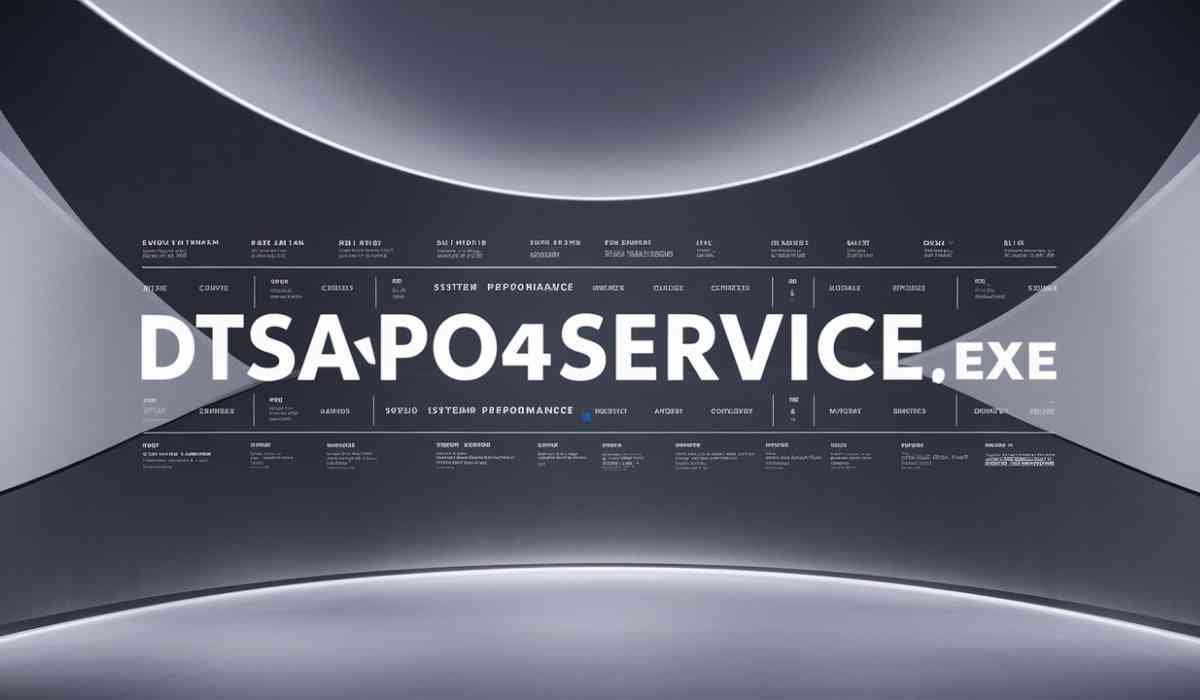Introduction: The Power of Teacher Surveys in Shaping Education
Education is constantly evolving, and teachers are at the forefront of this transformation. Yet, often, their insights are underutilised. Conducting a teacher survey will help you gather essential feedback that can lead to meaningful change in schools and classrooms.
Understanding the challenges and successes of teaching is invaluable. Through thoughtful surveys, educators can share their experiences, helping to improve curricula, enhance school policies, and foster a positive learning environment. Let’s dive into the specifics of why a teacher survey is crucial and how to create one effectively.
1. Why Teacher Surveys Are Vital in Education
Teachers are the backbone of any educational institution. Their unique perspective on school operations, curriculum effectiveness, and student engagement provides insights that are difficult to gather from other sources.
a. Identify Strengths and Weaknesses
A teacher survey will help you pinpoint what’s working well in your school and where there’s room for improvement. For instance, you may discover that a particular teaching method is effective or that certain school policies hinder the learning process.
b. Enhance Teacher Well-being
Teacher satisfaction directly impacts student learning. Surveys can reveal the stressors and challenges teachers face, enabling school administrators to implement strategies to improve well-being, reduce burnout, and retain talented staff.
c. Improve Student Outcomes
Ultimately, the goal of education is to maximise student success. By understanding the obstacles teachers face, schools can make informed decisions that enhance teaching effectiveness and, in turn, student learning experiences.
2. Best Practices for Designing an Effective Teacher Survey
Creating a survey that teachers will engage with requires careful planning. Here are some best practices to follow:
a. Keep It Short and Relevant
Time is precious, especially for teachers. Make sure your survey is concise, focusing only on questions that provide actionable insights. Aim for a mix of quantitative and qualitative questions to get a full picture.
b. Ensure Anonymity for Honest Feedback
Teachers may be reluctant to share their true thoughts if they fear repercussions. Guarantee anonymity to encourage open and honest responses. This will ensure you receive genuine feedback that can lead to real improvements.
c. Use Clear and Unbiased Language
Ambiguous or leading questions can skew your results. Use straightforward language that’s easy to understand and avoid wording that could influence the responses.
3. Key Areas to Cover in a Teacher Survey
A well-rounded teacher survey will cover various aspects of teaching and the school environment. Here are some crucial areas to consider:
a. Curriculum and Instruction
Ask teachers about the effectiveness of the curriculum and whether they have the resources needed to teach effectively. Example questions include:
- “How would you rate the curriculum in meeting the diverse needs of your students?”
- “Do you feel you have adequate resources to deliver high-quality instruction?”
b. Professional Development
Find out what kind of training and support teachers find most valuable. For example:
- “Are the professional development sessions provided by the school relevant to your teaching needs?”
- “What additional training would benefit you in your role?”
c. School Environment and Culture
Understanding the school atmosphere is essential. Questions could be:
- “Do you feel supported by the school administration in your teaching efforts?”
- “How would you describe the overall culture of collaboration among staff members?”
d. Student Engagement and Behaviour
Teachers have first-hand knowledge of how engaged and disciplined students are. Example questions:
- “How engaged do you feel your students are with the current teaching methods?”
- “What challenges do you face in managing classroom behaviour?”
e. Workload and Time Management
Address the balance between teaching duties and administrative tasks:
- “Do you feel overwhelmed by your workload?”
- “How much of your time is spent on non-teaching activities?”
4. Using Survey Tools to Simplify the Process
Creating a survey doesn’t have to be a daunting task. With platforms like SurveyPlanet, you can design a teacher survey easily and effectively.
a. User-Friendly Interface
SurveyPlanet’s intuitive design allows even beginners to set up comprehensive surveys in minutes. The drag-and-drop features make it simple to add questions, customise the layout, and preview your survey.
b. Variety of Question Types
SurveyPlanet offers a wide range of question formats, including multiple-choice, open-ended, and Likert scale questions. This variety keeps the survey engaging and allows for detailed feedback.
c. Analysis and Reporting
Once you’ve collected responses, SurveyPlanet’s reporting features help you analyse the data quickly. You can identify patterns, highlight key areas for improvement, and make data-driven decisions.
5. Tips for Maximising Survey Participation
Getting teachers to complete your survey is crucial for gathering comprehensive feedback. Here are some strategies to boost participation:
a. Communicate the Purpose Clearly
Make sure teachers understand why the survey is important and how their feedback will be used. This transparency can motivate them to take the survey seriously.
b. Choose the Right Timing
Avoid distributing surveys during busy periods, like exam weeks or parent-teacher conference times. Instead, find a moment when teachers are more likely to have time to provide thoughtful responses.
c. Offer Incentives
While participation should ideally be voluntary, offering small incentives like coffee vouchers or a raffle entry can increase response rates.
d. Send Reminders
A gentle reminder email can prompt those who haven’t yet completed the survey. Be polite and emphasise how valuable their feedback is to the school’s future.
6. How to Analyse and Use the Feedback
Collecting data is just the first step. To make a tangible impact, you need to analyse the responses and take action.
a. Identify Common Themes
Look for patterns in the feedback. Are multiple teachers mentioning a lack of resources or concerns about student behaviour? These recurring themes should be prioritised.
b. Share Findings with Teachers
Once you’ve analysed the results, share a summary with the teaching staff. This transparency shows that their opinions are valued and fosters a culture of open communication.
c. Implement Changes and Follow Up
Taking action based on feedback is crucial. Whether it’s organising more relevant professional development sessions or addressing workload issues, ensure teachers see the results of their input. Follow up with another survey later to assess whether the changes have made a difference.
7. Real-Life Examples of Successful Teacher Surveys
Many schools have transformed their operations using teacher surveys. Here are a few case studies to illustrate their impact:
a. Case Study: Reducing Teacher Burnout
One school district noticed a worrying trend of teacher burnout. A comprehensive survey revealed that excessive administrative tasks were a significant factor. By hiring additional support staff and streamlining paperwork, the district improved teacher satisfaction and retention rates.
b. Case Study: Enhancing Student Engagement
Another school used teacher feedback to overhaul its curriculum. Teachers reported that students were disengaged with traditional teaching methods. In response, the school incorporated more hands-on, project-based learning, resulting in higher student engagement and improved academic performance.
c. Case Study: Improving School Culture
A survey showed that teachers felt isolated and unsupported. The administration introduced regular team-building activities and peer mentoring programs. Within a year, the school saw a marked improvement in staff morale and collaboration.
8. Common Pitfalls to Avoid When Conducting Teacher Surveys
While teacher surveys can be incredibly beneficial, there are some pitfalls to watch out for:
a. Ignoring the Feedback
Collecting feedback but failing to act on it can demoralise teachers. Make sure you’re prepared to make changes based on the results.
b. Overcomplicating the Survey
Keep your questions simple and to the point. Overly complicated or vague questions can lead to confusing data that’s difficult to interpret.
c. Failing to Protect Anonymity
If teachers don’t feel that their responses are truly anonymous, they may not be honest. Use a reliable survey tool like SurveyPlanet to ensure confidentiality.
Conclusion: Start Transforming Your School Today with Teacher Surveys
A well-designed teacher survey will help you gather invaluable insights to improve education for both teachers and students. By using an intuitive tool like SurveyPlanet and following best practices, you can make the survey process seamless and impactful. Remember, the ultimate goal is to create a supportive environment where teachers and students can thrive.
Take the first step today and see the positive changes that thoughtful feedback can bring!









